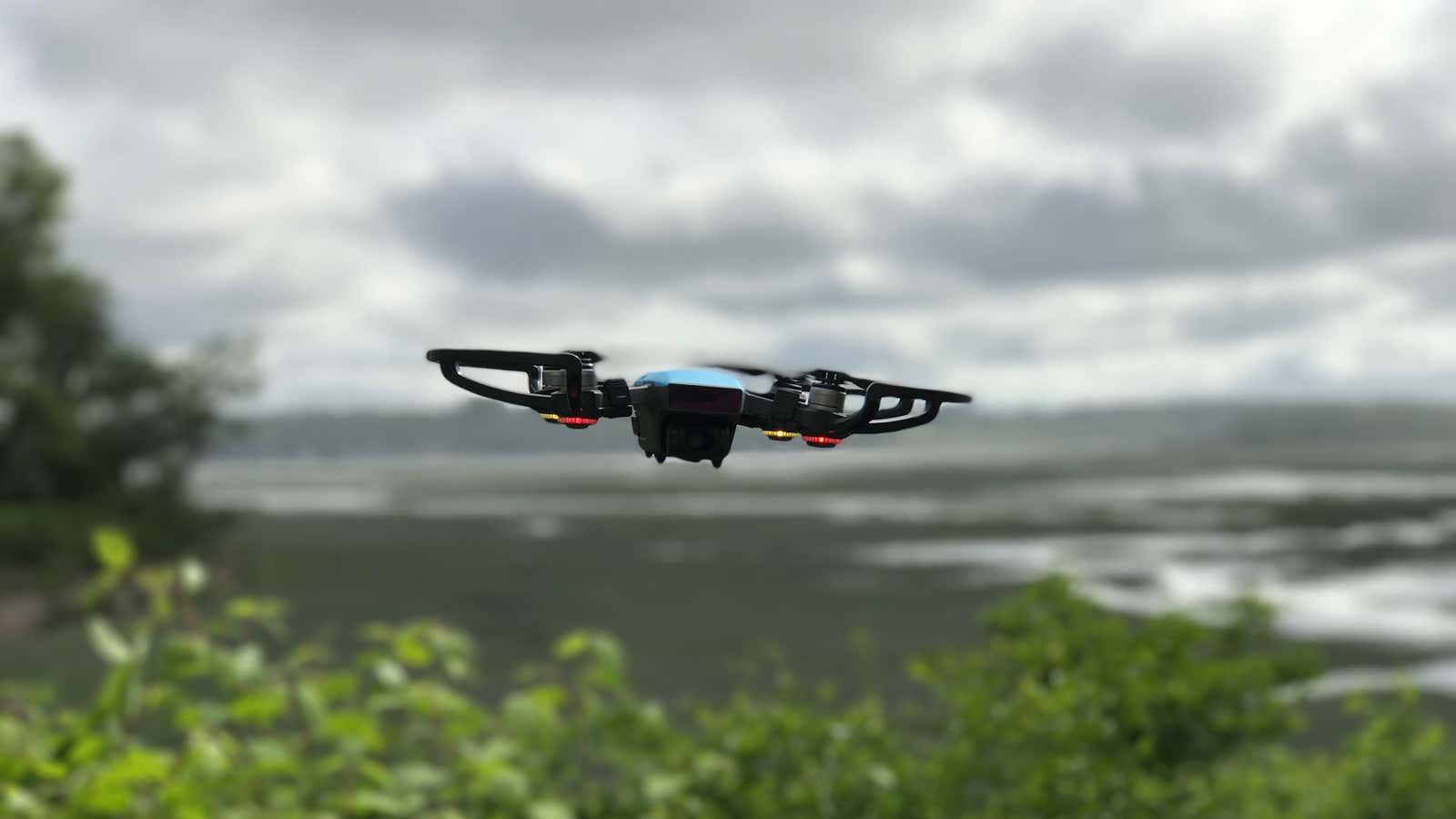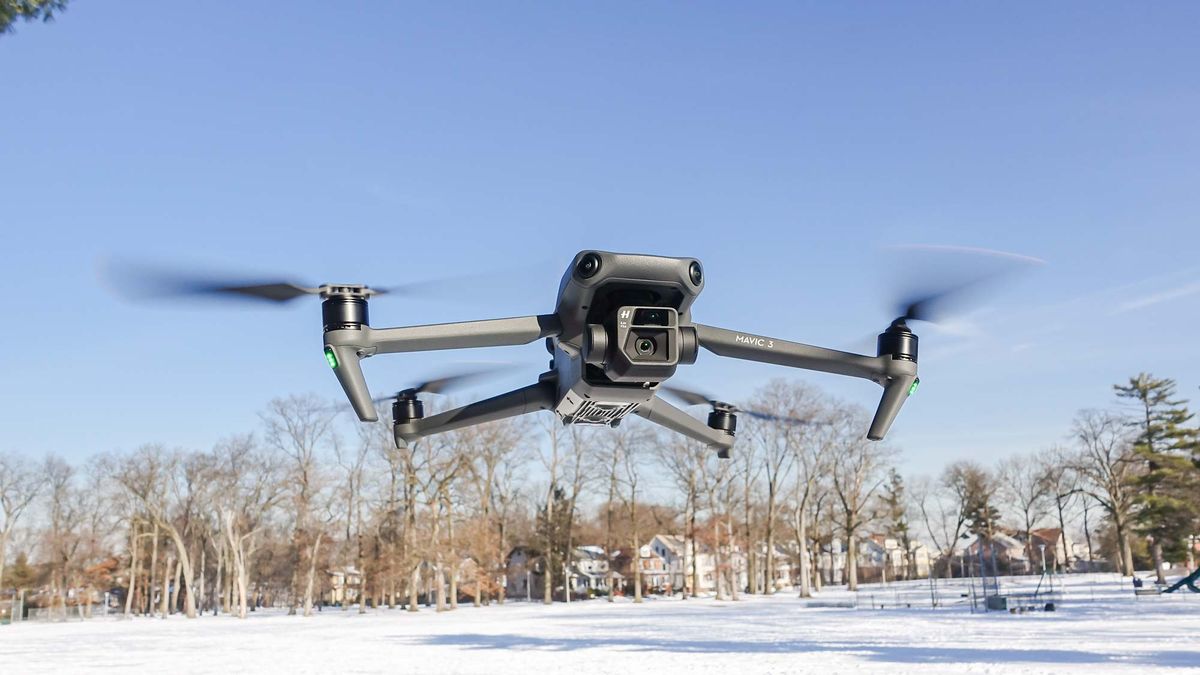How to Get Remote ID for Drone: The Shocking Details Inside
In the world of professional photography, using drones has become a significant way to capture stunning aerial shots. However, understanding the regulations, particularly regarding remote identification, is crucial for any professional photographer. This guide will answer the question of how to get remote id for drone and why it is essential for your operations.
Recent changes in regulations push drone pilots towards compliance, ensuring safety and security in the skies. If you're a professional photographer who relies on aerial drones, familiarizing yourself with remote ID is not just beneficial; it's necessary.

What Is Remote ID?
Remote ID is often described as the digital license plate for drones, providing essential information about the drone's pilot and location. With remote ID technology, authorities and other airspace users can see whether a drone is flying legally. Professional photographers must understand this system to avoid potential legal challenges.

The Importance of Having Remote ID in Photography
Flying drones for photography can lead to breathtaking visuals, but without adhering to regulations such as remote ID, you risk hefty fines and restrictions. Implementing remote ID offers various advantages:
- Increased Safety: Helps maintain safety in the airspace by ensuring accountability among drone operators.
- Legal Compliance: Meeting the FAA's requirements means no fear of penalties from regulatory bodies.
- Improved Trust: Gaining the trust of clients and the public when operating your drone legally.

How to Get Remote ID for Your Drone?
Obtaining remote ID for your drone may seem daunting; however, these essential steps simplify the process:
1. Understanding Federal Guidelines
The first step involves familiarizing yourself with federal regulations set forth by the FAA regarding remote ID for drones. They offer detailed guidelines on remote ID compliance, which you can read more about through the FAA website.
2. Joining a Remote ID Group
Joining a professional drone group or forum can help you stay updated on community practices and regulations regarding remote ID. Networking with other professional photographers can offer valuable insights.
3. Purchasing Compatible Equipment
Your drone must be equipped with remote ID technology to comply with regulations. When shopping for drones, look for models highlighted for remote ID compatibility and certified by relevant authorities.
4. Registering Your Drone
Once you have compatible equipment, register your drone through the FAA's online system. This registration process will provide your drone with a unique identification number necessary for compliance.

Common Challenges When Registering for Remote ID
While obtaining remote ID may seem straightforward, challenges may arise:
- Technical Issues: Ensure your drone's software is updated to avoid compatibility problems.
- Lack of Awareness: Many drone operators remain unaware of new regulations around remote ID.
FAQs
Why is remote ID mandatory?
Remote ID is mandatory to ensure safety and accountability among drone operators in shared airspace, crucial for professional photographers who often fly in populated areas.
Can I fly my drone without remote ID?
No, as of the recent regulations, all drones must have remote ID technology to fly legally in the United States.
What penalties exist for operating without remote ID?
Operating without remote ID can result in fines, drone confiscation, and other legal actions taken against the drone operator.
Additional Resources for Professional Photographers
As a professional photographer, understanding drone operations is essential. Check these links for more insights:
Starting a Drone Business | Drone Flying Speeds | Understanding Exhaust Drone
Flying Responsibly with Your Drone
Professional photographers must understand that flying drones also comes with a responsibility to operate within legal boundaries. Understanding regulations such as remote ID is vital to secure your operations and maintain safety standards. By adhering to these regulations, you are not just protecting your photography business but also contributing to creating a safer environment for everyone.
For more tips on flying your drone safely, check out this article on Illegal Drone Places.
As an Amazon Associate, I earn from qualifying purchases.

